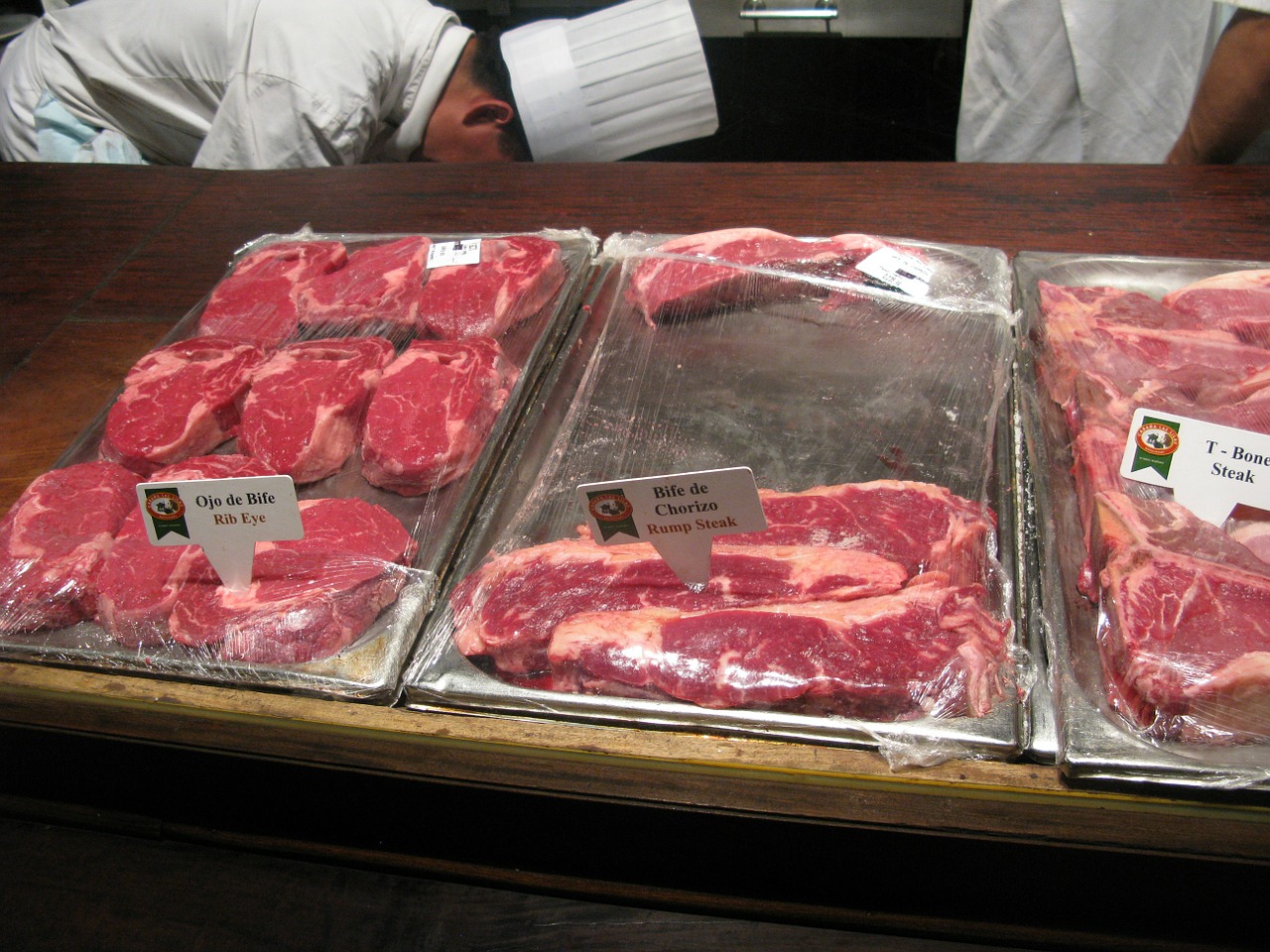Deboning technology is making meat processing more efficient
In this modern era, consumers are more conscious of what they eat. This has pushed the food industries to become better and adapt more secure and safe practices to process meat. On the flip side, it pushes the meat processing companies to invest more in labour while not being able to impose the charges for it. To tackle this problem, many companies are switching to modern equipment instead of hard labour.
This dramatic change in the industry has benefited business owners as well as talented labourers. One of the most time-demanding processes in the meat industry is deboning of meat. For instance, DGS offers a full custom solution to debone and cut the meat with minimal waste. Similarly, many other companies also manufacture such products to reduce the time required for deboning. In this blog, we will describe how deboning technology helps the meat processing industry be more efficient.
1. High slaughter yield
With an increase in demand for plant-based meat alternatives, the meat you do get should not be wasted. Adopting the deboning technology lets you retrieve most meat with very little waste. This translates into improved efficiency in slaughter, resulting in a higher slaughter yield. That saves you time and money while preserving the environment. As a result, your productivity increases.
2. Hygienic process
Using the deboning technology can ensure that your meat-making process is highly compliant with the local sanitary regulations. The deboning machines ensure that the meat is clean and hygienic, meeting the highest standards of the industry. This makes your meat products more valuable in the market, giving you an edge over competitors who do not employ their deboning technology.
3. Reduced labour
You can reduce labour costs by as much as 50% by using deboning technology. The machines can perform intricate operations such as plucking and probing, which are very time-consuming when performed by hand. This saves you money by reducing the number of employees you need.
4. Improved safety
The use of deboning technology also improves the safety of your meat products. The machines use cutting-edge sensors to monitor the progress of the meat. This prevents the meat from being exposed to pathogenic agents that can cause illness when handled by humans. This also prevents the meat from getting contaminated by the hands of the employees, reducing the risk of food-borne illnesses.
Types of deboning machines
Popular companies have developed three types of deboning machines for the meat processing industry. Each type is designed for different applications and budgets. Based on your needs, you can pick the one that best matches your current processes.
- Vertical deboning systems: Perfectly suits beef and other such meat that is hard to process.
- Pace deboning lines: A complete system that sends the meat to be deboned on a conveyor reducing the chances of manual handling and injuries.
- Table deboning system: Enables you to perform several cuts and multiple deboning in a fast and efficient manner.
Conclusion
The meat processing industry is in a state of constant change. The adoption of deboning technology is one of the changes that will improve the industry’s efficiency and profitability. Opting for well-known manufacturers provides you with the best deboning machines to ensure your company stays at the forefront of the industry.

